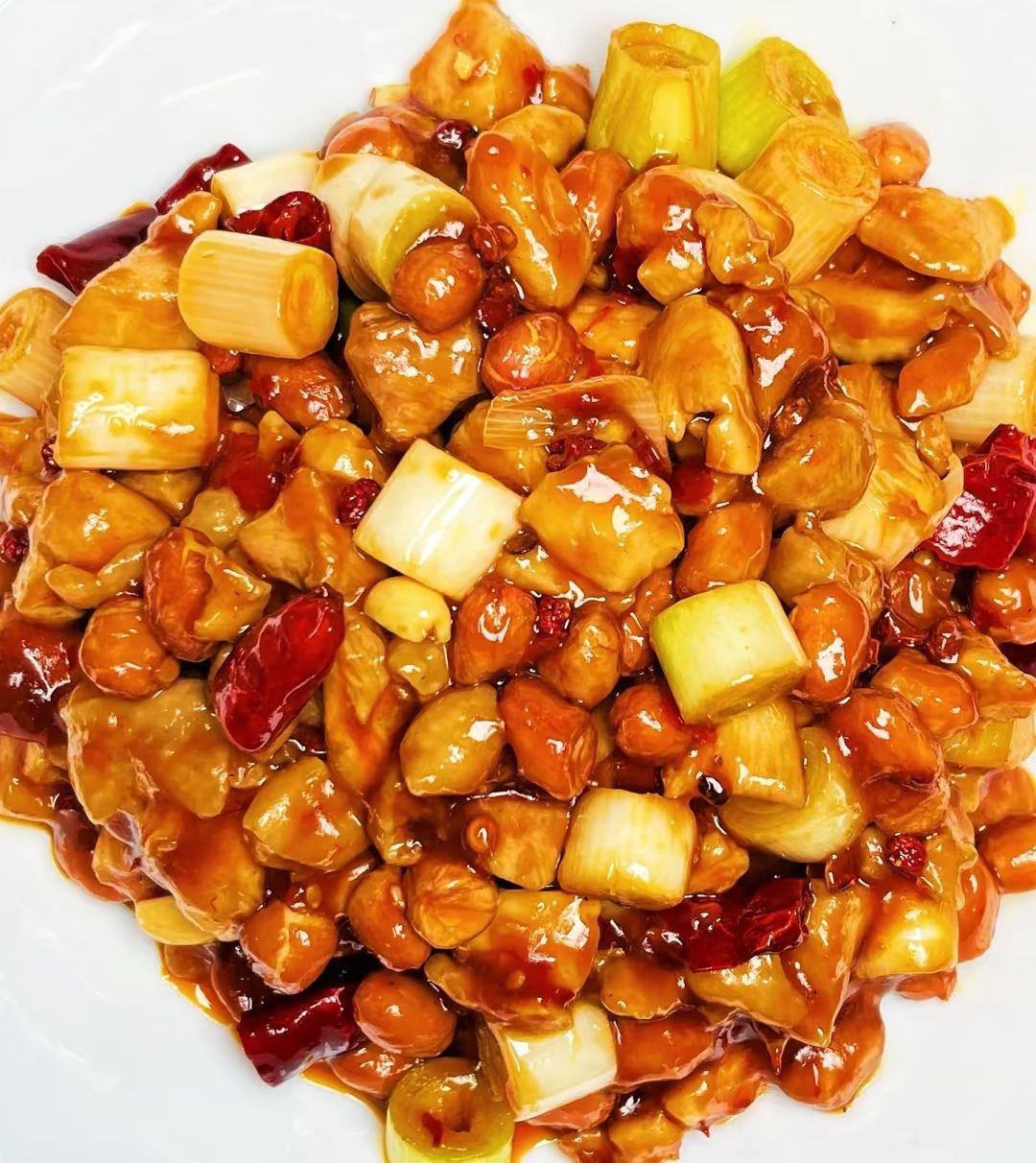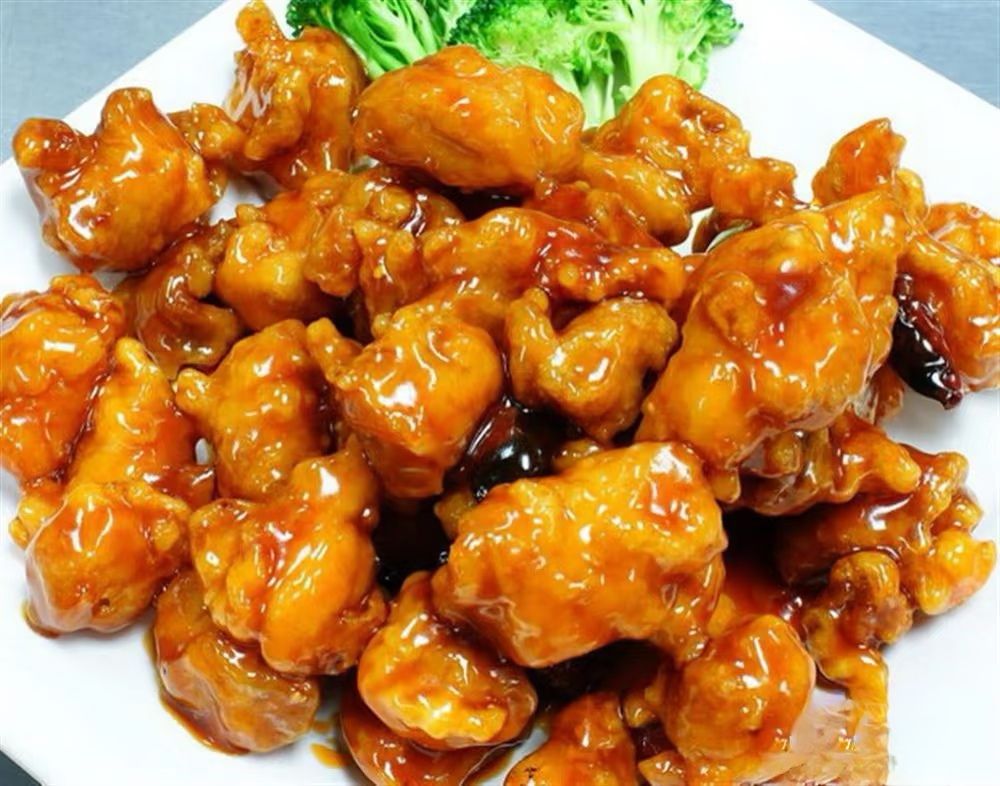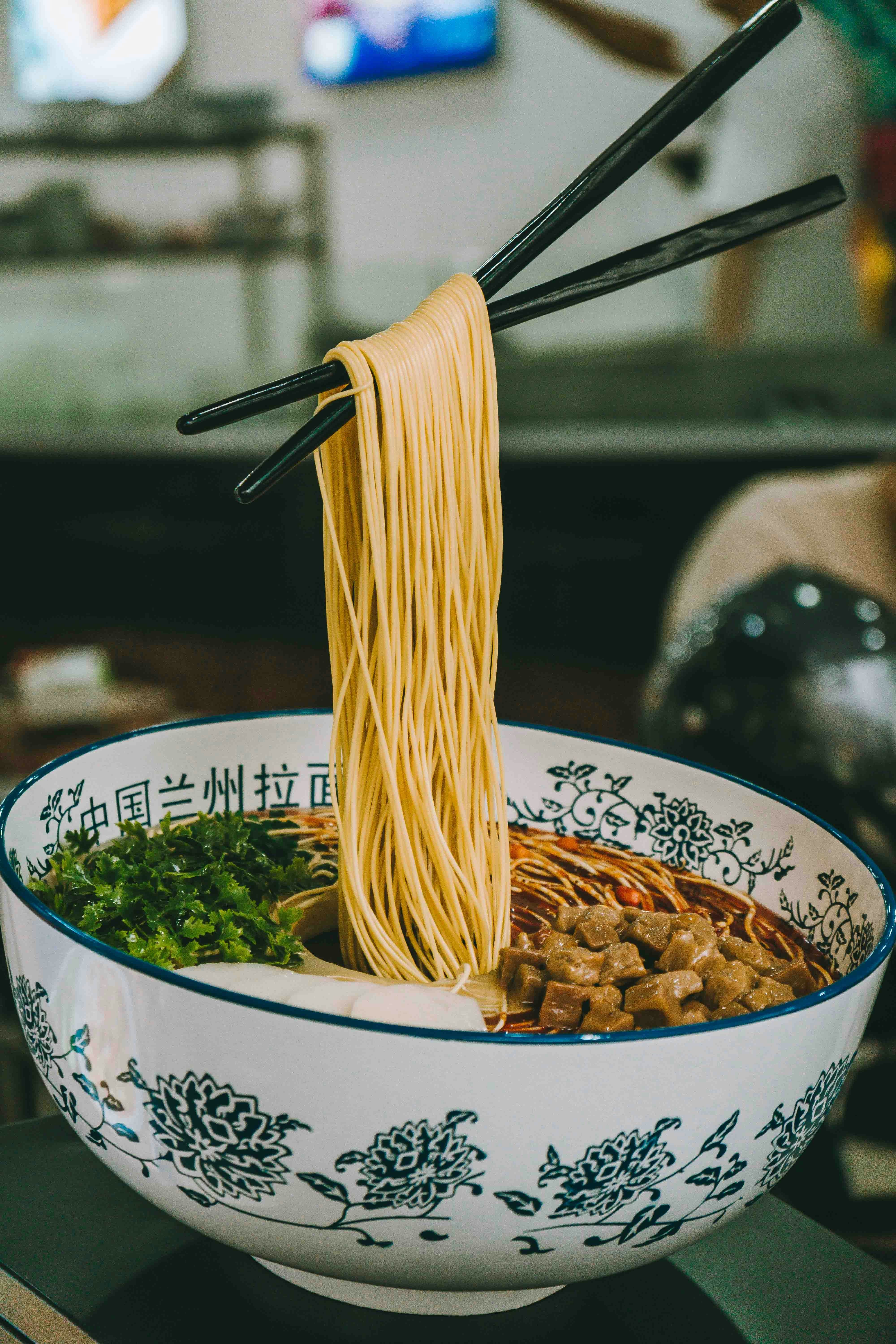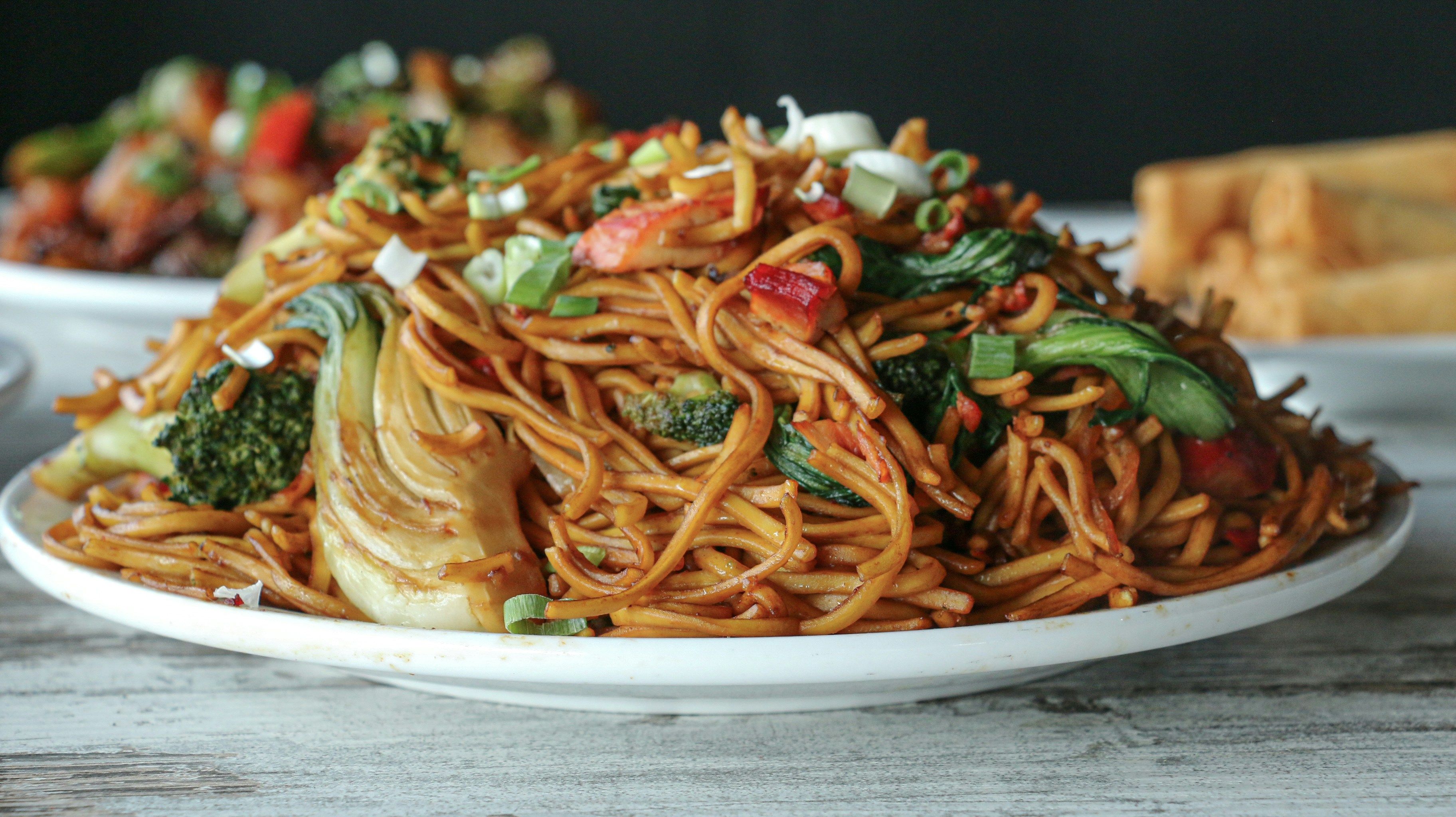In late-night American TV shows, classic scenes often unfold: takeout boxes opened wide as characters lift glazed fried chicken chunks with chopsticks—either Kung Pao Chicken or General Tso’s Chicken. Though bearing the names of Chinese military leaders, these dishes carry far more complex and dramatic histories than most realize.
🐔 Origins: One Rooted in China, One Born Overseas

Kung Pao Chicken traces back to Ding Baozhen, a late-Qing Dynasty governor. A devoted foodie, he reinvented Shandong’s stir-fried chicken with yellow sauce during his tenure there, later adding chili peppers from Guizhou. After being appointed governor of Sichuan and posthumously honored as "Gongbao" (a top imperial title), the dish took his title as its name. In China, it evolved into three distinct styles:
Shandong Style: Rich yellow sauce with bamboo shoots and scallions.
Sichuan Style: Mala-spiced with Sichuan peppercorns and a hint of lychee-like sweetness.
Guizhou Style: Tangy heat from "hulazi" chili peppers.

General Tso’s Chicken, however, is a "newly invented tradition." Created in 1952 by Hunan-born chef Peng Chang-kuei in Taiwan for a U.S. military delegation, he deep-fried chicken, tossed it in a savory sauce, and named it after the famed Qing general Zuo Zongtang. When Peng opened a New York restaurant in 1973, U.S. Secretary of State Henry Kissinger became a regular. Media frenzy followed, turning it into an American sensation. Ironically, this "Hunan dish" was unknown in Hunan—locals had never heard of it.
👨🍳 Flavor Battle: Divergent Philosophies from Kitchen to Palate
Order both dishes, and you’ll find them worlds apart:
| Feature | Kung Pao Chicken | General Tso’s Chicken |
|---|---|---|
| Technique | Quick-fried; some lightly oil-blanched | Deep-fried, then wok-tossed in sauce |
| Key Ingredients | Peanuts, scallions, Sichuan peppercorns | Dried chilies, garlic, sweet-sour sauce |
| Texture | Tender chicken, crunchy peanuts | Crispy outside, juicy inside |
| Flavor Profile | Savory-spicy with subtle sweetness | Authentic: Salty-spicy; U.S.: Sweet-tangy |
| Local Status | Protected cultural heritage in China | Unrecognized in Hunan; called "un-Chinese" by Peng |
Peng once admitted the American version’s sweetness baffled him—"How could Hunan cuisine be sweet?" Yet this very trait made it a Western favorite: crispy fried chicken coated in sticky sauce perfectly matched their vision of "Chinese food."
📺 Cultural Breakthrough: One by Politics, One by Pop Culture
General Tso’s rise was pure drama:
Architect I.M. Pei invited Kissinger to try it → Kissinger became obsessed → Media hype → Every U.S. Chinese restaurant copied it. The documentary The Search for General Tso even asked: "Why doesn’t Hunan know this dish?"
Kung Pao conquered screens:
Chandler’s mom in Friends craved it;
Sheldon in The Big Bang Theory fought roommates over it;
Everybody Loves Raymond characters yelled "Kung Pao?" at any Chinese takeout.
It became shorthand for "China" in Western minds—two words evoking exotic allure.
🌏 Local vs. Global: When Adaptation Overshadows "Authenticity"
While Kung Pao was tweaked abroad (e.g., sweeter sauce, celery replacing bamboo), its roots remain deep in China. General Tso’s, however, became a "reverse cultural export":
A British journalist found zero recognition in Hunan after a 6-month stay;
When Peng opened a restaurant in Changsha, locals rejected it as "not Hunan cuisine."
One dish, two homelands—General Tso’s "cultural identity" now belongs to New York takeouts and Hollywood, not Hunan. As Peng’s son noted: "It was reborn in America as a new tradition."
🍛 Epilogue: Food Migrations, Globalization on a Plate
Kung Pao and General Tso’s are like transoceanic twins: one evolved from regional Chinese dish to global icon; the other was invented overseas as "Chinese classic." Their journeys mirror food’s power to morph and reinvent—adapting to new tastes, borrowing history, even reshaping cultural memory.
Next time you see Sheldon devouring General Tso’s or savor spicy Kung Pao in a Sichuan restaurant, remember: you’re tasting more than chicken—you’re consuming fluid history.


